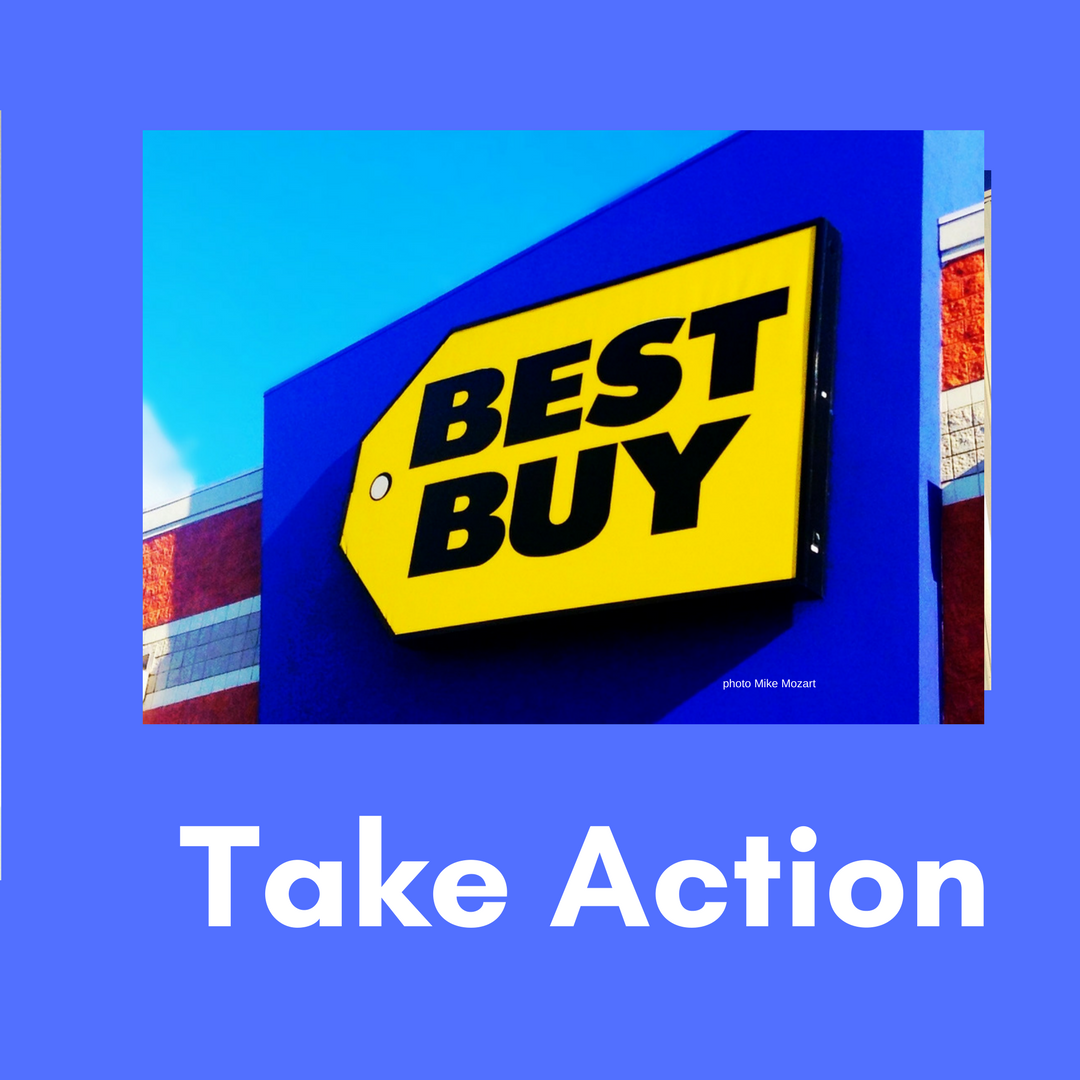Healthy Schools, Healthy Playgrounds, Healthy Kids
/Kathleen Schuler, MPH, Co-Director Healthy Legacy
April 4 was National Healthy Schools Day, sponsored by the Healthy Schools Network (HSN) and forty partner groups across the country. Unfortunately, many of our schools are not so healthy. According to Claire Barnett HSN Executive Director, the American Society of Civil Engineers recently gave school infrastructure in the U.S. a grade D+. She notes that 55 million school age children “spend time in school buildings that are likely to fail building inspections and to be out of compliance with federal and state health and safety regulations.” Failing buildings can damage children’s health and ability to learn.
Environmental hazards facing America’s schools include mold, lead, asbestos, PCBs, radon, carbon monoxide, formaldehyde, unsafe drinking fountains and exposure to toxic pesticides and cleaning/disinfecting products. EPA reports that half of all schools have problems with indoor air pollution. At the same time, public schools are serving more kids with asthma and learning and behavior problems, many of whom live in poverty.
Healthy Legacy joined a coalition of groups across the country to call on the federal government to include school infrastructure needs in its broad infrastructure proposals. Investments in upgrading school infrastructure and environmental health programs will pay off in healthier children who learn better. We need to build on programs such as U.S. EPA’s Tools for Schools indoor air quality program that provides voluntary guidance and limited grants to address air quality, which has resulted in improvements in many schools. For example, after implementing indoor air quality programs, Northeast and Katy school districts in Texas saw decreased absenteeism due to asthma.
Infrastructure improvements should include creating safe playgrounds and athletic fields. Toxic waste tires don’t belong on school playgrounds and athletic fields. How did they get there in the first place? Since 1995 the U.S. EPA has been encouraging the recycling of waste tires into playground mulch and synthetic athletic field infill in order to address the problem of tire stockpiles. Waste tires are ground up for use as playground mulch and synthetic turf infill. The EPA estimates that nationwide 4,500 playgrounds use shredded tire mulch as cushioning under outdoor play equipment.[i] This includes nearly all Minneapolis public school playgrounds. Ninety-eight percent of the over 13,000 synthetic turf fields in the U.S. use crumb rubber infill.[ii]
There is increasing concern from parents across the country, including in Minnesota communities from Minneapolis to Duluth to Edina, that hazardous chemicals in crumb rubber could harm children’s health. Chemicals detected in crumb rubber include carcinogens, neurotoxins, respiratory/eye/skin irritants and reproductive and developmental toxins. Chemicals detected include brain toxins the styrene, lead, cadmium as well as carcinogens, arsenic, pyrene, carbon black, polycyclic hydrocarbons (PAHs), and butadiene.
So ironically, while the EPA has been helping schools improve air quality, they also unwittingly increased children’s exposure to potentially hazardous chemicals on thousands of school playgrounds across the country. The EPA, along with the CDC and the Consumer Product Safety Commission, are now acknowledging that existing safety studies are inadequate and are taking another look at whether or not crumb rubber poses a health risk for children and athletes. They have undertaken a Federal Research Action Plan (FRAP) with results to be available in 2017 to take a closer look at the chemical components of crumb rubber and how they are emitted under various temperature conditions and better characterizing how athletes and children are exposed.[iii]
In the meantime, Minnesota communities are not waiting for more children to be harmed before acting. The Duluth School system is in the process of removing waste tire mulch from ten school playgrounds and replacing it with a safer wood-based material. The Minneapolis School district is putting on hold the installation of new playgrounds with tire mulch and is making plans to address the existing 47 playgrounds that use tire mulch. At the state level, Healthy Legacy is advocating for a state moratorium on public funds going into new playgrounds and sports fields using crumb rubber until the Minnesota Department of Health can evaluate the results of the FRAP and another study coming out of California in 2019.
Bottom line, we need to prioritize federal, state and local infrastructure spending to create healthy school environments. The average Minnesota child spends 6.28 hours in school every day during the school year. Investment in fixing unhealthy school buildings and replacing toxic crumb rubber on playgrounds and sports fields will reap benefits in improved health and learning for Minnesota kids.
[i] U.S. Environmental Protection Agency (EPA). Fact Sheet-The Use of Recycled Tire Materials on Playgrounds & Artificial Turf Fields.
[ii] Synthetic Turf Council, http://c.ymcdn.com/sites/www.syntheticturfcouncil.org/resource/resmgr/Files/CRUMB_RUBBER_FAQs.pdf
[iii] U.S. EPA, Federal Research Action Plan on Recycled Tire Crumb Used on Playing Fields and Playgrounds https://www.epa.gov/chemical-research/federal-research-recycled-tire-crumb-used-playing-fields




